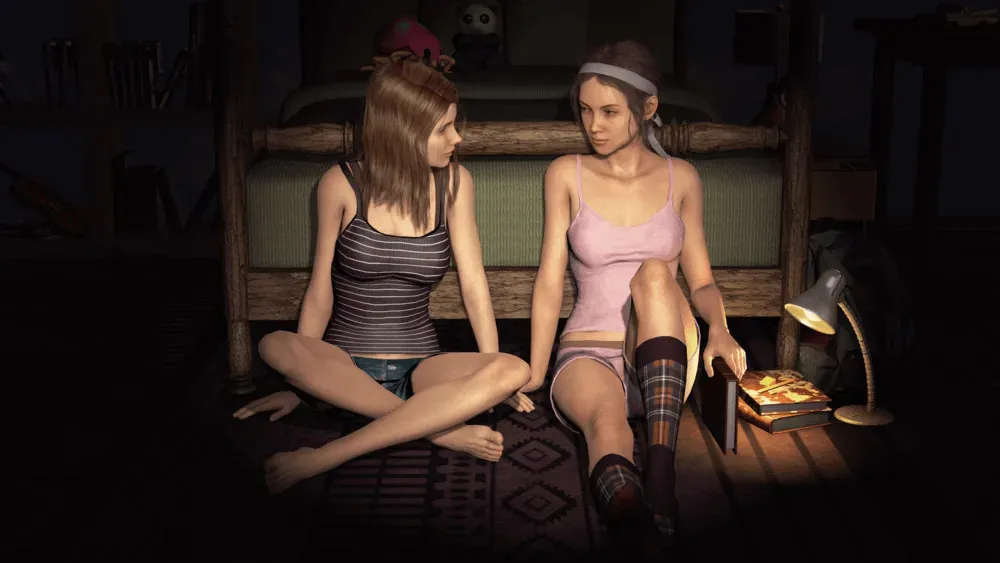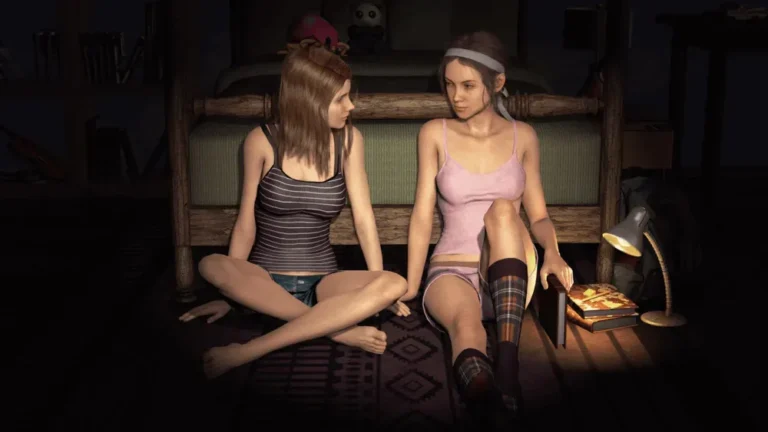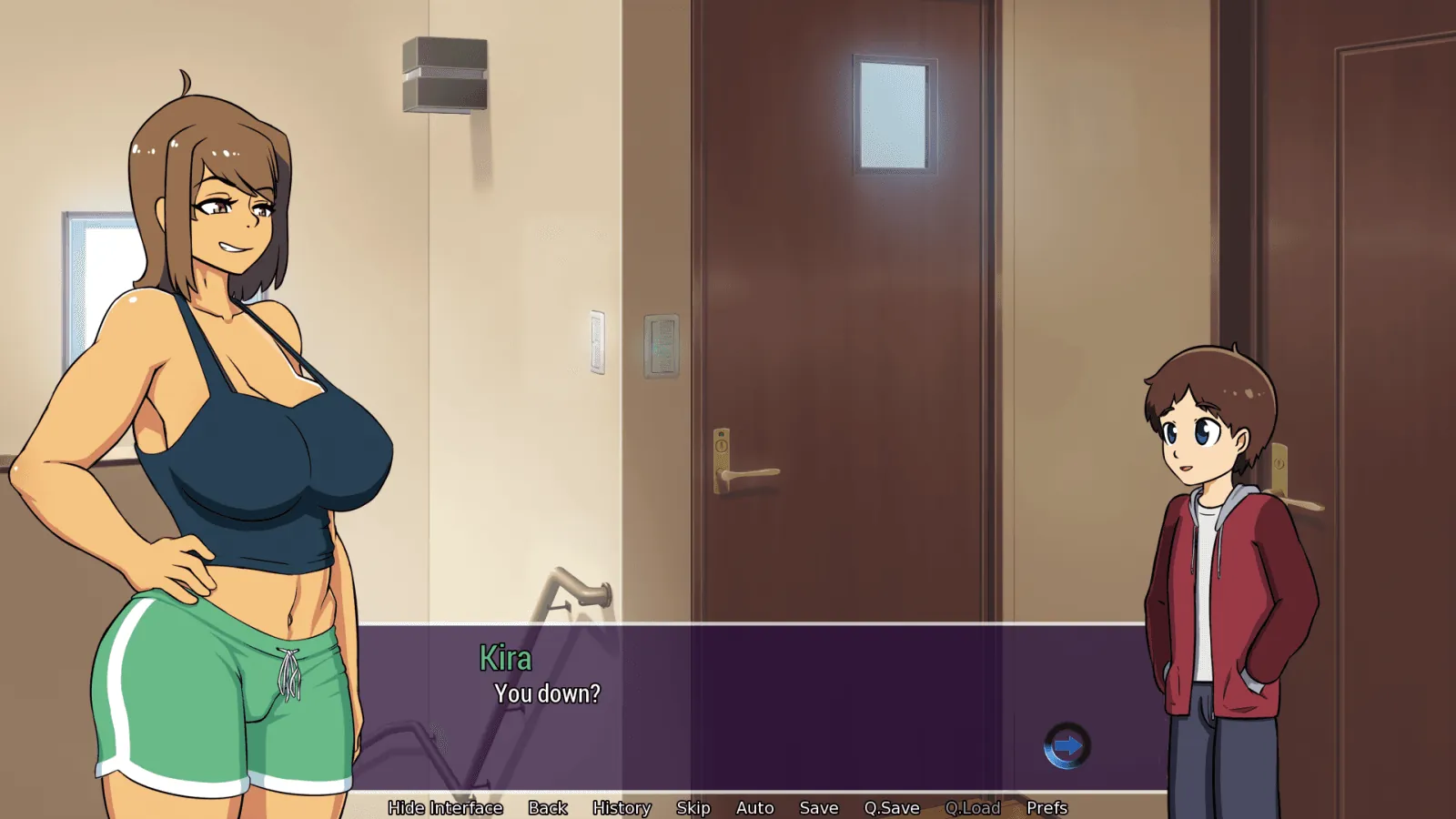
Short Sad Stories
Play Short Sad Stories
Short Sad Stories review
A Deep Dive into the Narrative and Experience of Short Sad Stories
Short Sad Stories is a unique interactive experience that blends narrative depth with emotional exploration. This game invites players into a poignant world where storytelling meets immersive gameplay, focusing on themes of loss, reflection, and human connection. In this article, we will explore the core elements that make Short Sad Stories compelling, including its narrative style, gameplay mechanics, and the emotional resonance it creates. Whether you’re curious about the story or want to understand why it touches players so deeply, this guide covers everything you need to know.
Understanding the Narrative and Themes of Short Sad Stories
Have you ever played a game that left you sitting in silence long after the credits rolled, just… thinking? 🤔 That’s the unique power of Short Sad Stories. It’s a game that proves you don’t need a 100-hour epic to forge a deep, meaningful connection with a player. The entire experience is built on a foundation of emotional precision, where every word, every image, and every interaction is meticulously crafted to deliver a powerful punch to the heart. 💔
The brilliance of this game lies in its willingness to explore the quiet, often painful corners of the human experience. It’s not about grand battles or world-saving quests; it’s about the small, intimate moments of loss and regret in games that feel startlingly real. This chapter is a deep dive into how the Short Sad Stories narrative accomplishes this, unpacking the themes that haunt players and the ingenious game storytelling techniques that make the journey so unforgettable.
### What Makes the Story So Impactful?
At its core, the impact of the Short Sad Stories narrative comes from its masterful use of brevity. Unlike sprawling RPGs, this game operates like a perfectly crafted short story. There’s no filler. Every scene, every line of dialogue, and every environmental detail serves a specific purpose in building towards an emotional climax. This focused approach creates an intense, concentrated experience that doesn’t overstay its welcome, allowing the emotional weight to settle deeply without being diluted. ✨
The game also excels at player emotional engagement through subtlety. It rarely tells you how to feel. Instead, it shows you a half-empty coffee cup, a silent, empty chair, or a forgotten birthday card. It trusts you, the player, to piece together the story from these fragments. This active participation in uncovering the sadness makes the emotional payoff feel earned and deeply personal. You’re not just watching a tragedy unfold; you’re uncovering it, and in doing so, you become an integral part of it.
Example: A Key Emotional Scene
I’ll never forget the moment you find the protagonist’s old guitar, covered in dust in the corner of an attic. 🎸 The game doesn’t flashback or have a character explain its significance. Instead, you can interact with it. A simple prompt appears: “Strum.” When you do, a single, slightly out-of-tune chord echoes in the quiet room. That’s it. But in that moment, you understand a lifetime of abandoned dreams and silenced music. It’s a perfect example of how interactive sad stories use player agency to deliver emotional depth far more effectively than any cutscene could.
### Key Emotional Themes Explored
The emotional themes in Short Sad Stories are universal, which is why they resonate so strongly. The game isn’t about fantastical sorrow; it’s about the kind of sadness we all recognize, making the player emotional engagement almost immediate.
- Loss and Absence: This is the most prominent theme. The game explores loss in many forms—the loss of a loved one, the loss of a relationship, and perhaps most poignantly, the loss of a future that will never be. The Short Sad Stories game plot often revolves around a character grappling with a void, and the gameplay involves navigating spaces filled with the ghost of what once was.
- Regret and Missed Opportunities: Closely tied to loss is the heavy weight of regret. The narrative frequently asks, “What if?” Players encounter choices (or the lack thereof) that led to the current situation. This exploration of paths not taken forces a personal reflection on our own lives. 😔
- Fragile Hope: Despite the sadness, the emotional themes in Short Sad Stories are not purely nihilistic. Woven through the narrative are thin, delicate threads of hope. It might be the kindness of a stranger, the rediscovery of a happy memory, or simply the act of moving forward. This balance is crucial; it prevents the experience from being overwhelming and instead makes it feel cathartic and human.
The game presents these themes not as separate ideas, but as intertwined threads. Regret amplifies the feeling of loss, and the faint glimmer of hope makes the sadness all the more poignant. This complex tapestry is what makes the Short Sad Stories narrative feel so authentic.
| Theme | How It’s Expressed in Gameplay | Player’s Emotional Response |
|---|---|---|
| Loss | Exploring empty, meaningful locations; finding discarded objects. | A deep sense of melancholy and emptiness. 😢 |
| Regret | Unlocking memories that reveal past mistakes; limited dialogue choices. | Personal reflection and a feeling of shared responsibility. |
| Hope | Small, positive interactions; achieving a sense of closure. | Catharsis and a bittersweet feeling of moving on. 🌱 |
### How the Narrative Engages Players
The Short Sad Stories narrative doesn’t just tell a story; it builds a relationship with the player. This is achieved through a brilliant suite of game storytelling techniques that prioritize feeling over action.
One of the most effective techniques is environmental storytelling. The game world itself is a character. A child’s height marks on a doorframe, a dinner table set for one, a garden overgrown with weeds—each detail tells a piece of the story without a single word of exposition. This method of show-don’t-turn is a cornerstone of powerful interactive sad stories, making the player an active archaeologist of emotion.
Furthermore, the game’s pacing is deliberately slow and contemplative. There are no quick-time events or frantic chases. You are given the space and silence to absorb the atmosphere and connect with the protagonist’s inner world. This deliberate pace is a brave game storytelling technique that respects the weight of its subject matter and allows for true player emotional engagement.
Tip: To get the most out of the experience, don’t rush. Take your time in each location. Look at the details. The most powerful story beats are often hidden in the quietest corners.
Finally, the Short Sad Stories game plot often incorporates minimalistic choice. The choices you make are rarely about “good” or “evil” endings. Instead, they are small, personal decisions: do you keep a memento or let it go? Do you visit a familiar place one last time? These choices may not change the ultimate outcome, but they change how you feel about it. They ask you to project your own values and emotions onto the story, making the journey uniquely yours.
By combining these techniques—environmental detail, contemplative pacing, and personal choice—the game forges an unbreakable bond. The sadness you feel isn’t just for the characters on screen; it’s a feeling you’ve participated in creating. And that is the mark of a truly profound narrative experience. 🌟
Short Sad Stories offers a powerful blend of narrative and gameplay that invites players to experience deep emotional themes in a concise format. Its storytelling approach and thematic focus create a memorable journey that resonates long after playing. If you appreciate games that explore human emotions through interactive storytelling, Short Sad Stories is a compelling choice. Dive into the game to experience its unique emotional depth firsthand.









